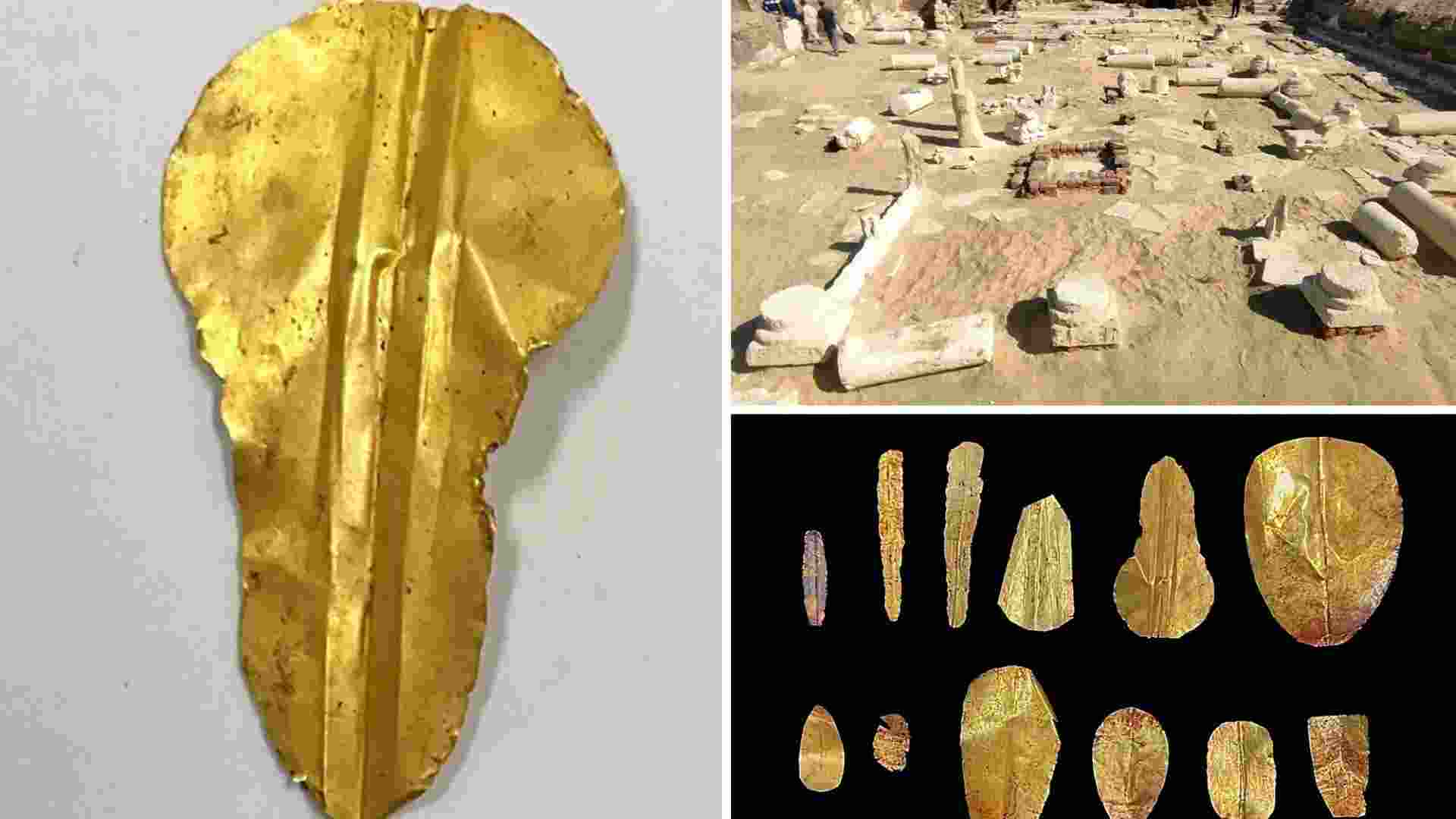More than 3,300 years after her reign, Queen Nefertiti continues to leave a significant mark on fashion, art, and global beauty standards. Nefertiti’s enduring influence began in 1912 when German archaeologists discovered her iconic limestone bust in Amarna, Egypt. The bust, displayed at Berlin’s Neues Museum from 1924, captivated the world with her striking features: a defined jawline, elegant neck, and kohl-rimmed eyes.
Dr. Cheryl Finley, an art history professor at Spelman College, describes Nefertiti’s image as magnetic, saying her “confidence” and “gaze” have continued to captivate audiences. Over the years, Nefertiti’s visage has become synonymous with beauty, inspiring trends in fashion and art globally. In the 1920s, her face appeared in advertisements and beauty columns, while designers like Paul Poiret incorporated Egyptian motifs into their collections. Her influence grew, with Vogue in 1961 exploring her lasting fascination and Elizabeth Taylor’s portrayal of Cleopatra cementing Nefertiti’s presence in the fashion world.
Her legacy continues into the 21st century, with designers like Christian Louboutin and John Galliano drawing inspiration from her look, and jewellery designer Azza Fahmy creating pieces influenced by her aesthetic. The ‘Nefertiti Lift,’ a Botox procedure named after her, aims to enhance the jawline, reflecting her ongoing relevance in beauty treatments and popular culture.
Celebrities, including Rihanna, Beyonce, and Erykah Badu, have embraced Nefertiti’s legacy, with Rihanna even getting a tattoo of her bust. Beyonce’s 2016 “Sorry” music video also channeled Nefertiti’s iconic image, embedding her further into modern culture. Dr. Elka Stevens, a visual culture professor at Howard University, notes that Nefertiti’s timeless appeal lies in her universality: “Take the crown off, drop her in any society, and she can fit in.”
The mystery surrounding Nefertiti’s life only adds to her allure. Despite limited historical records, including her sudden disappearance after 12 years of co-regency with her husband, Pharaoh Akhenaten, theories about her fate—ranging from exile to possible murder—fuel her mystique, ensuring her lasting influence for generations to come.























